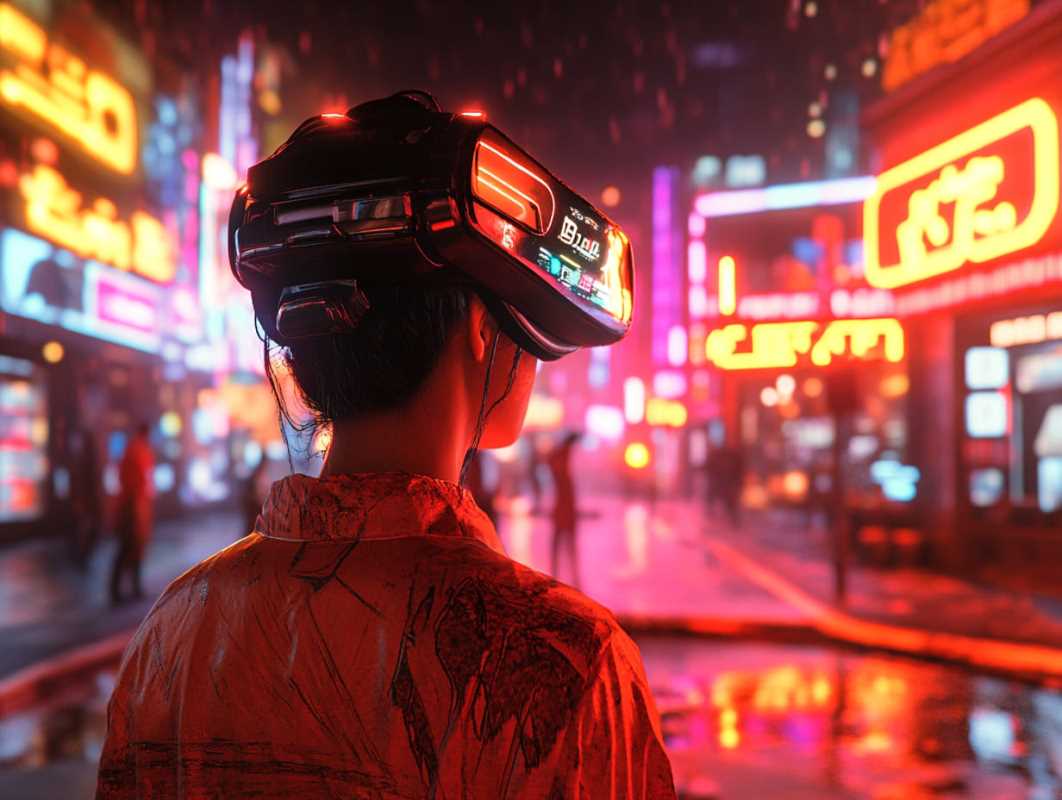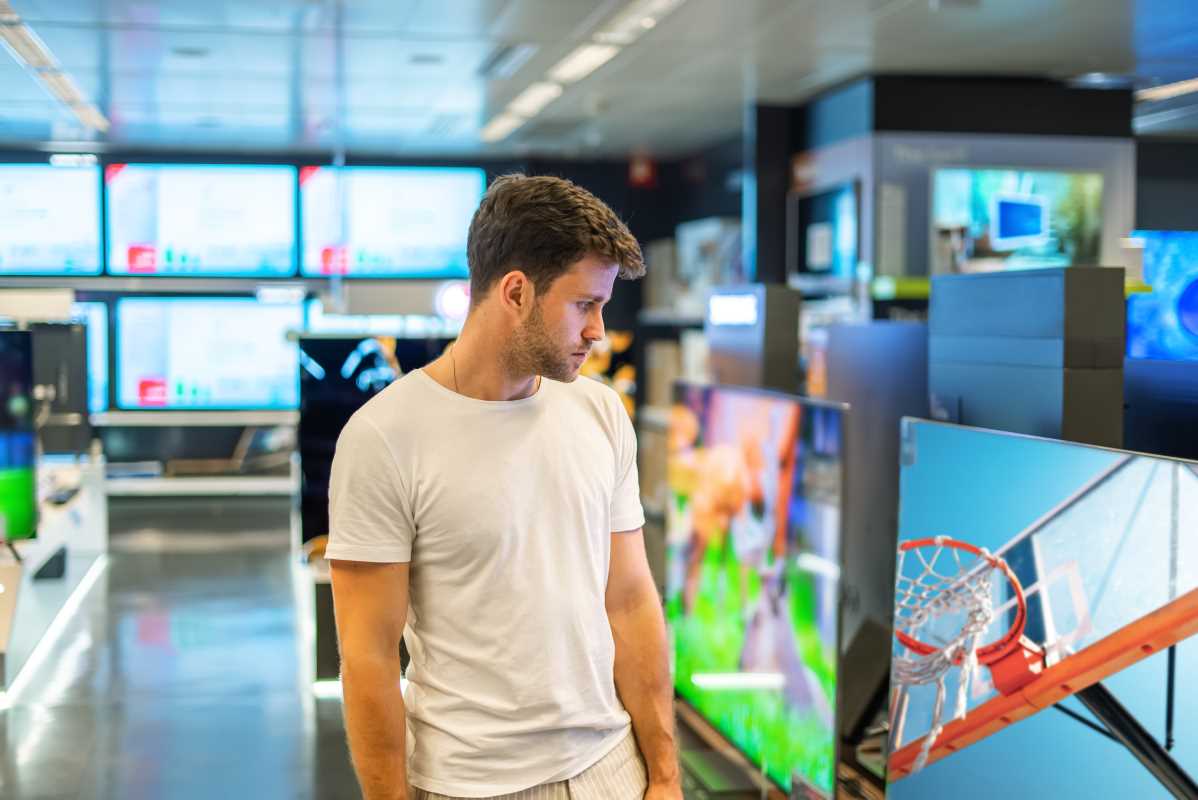The retail landscape undergoes a remarkable transformation, shifting from conventional shopping models to dynamic, experience-driven environments. This evolution redefines how consumers interact with brands, making shopping not just a transactional activity but an engaging journey. The integration of technology and innovative design in retail spaces creates immersive experiences that captivate shoppers, building deeper connections and loyalty.
The Evolution of Retail
Traditionally, retail centered around the simple exchange of goods for money. Stores designed themselves to display products efficiently, focusing on functionality over form. As consumer preferences evolved, so did the retail approaches. The rise of e-commerce initially seemed to diminish the importance of physical stores, but paradoxically, it led to a resurgence of brick-and-mortar establishments with a new purpose.
Retailers realized that to compete with online platforms, they needed to offer something beyond just products. This realization sparked the shift towards creating spaces that provide memorable experiences. Stores started to incorporate elements like interactive displays, personalized services, and in-store events to enhance the shopping experience, leading to what we now recognize as experience-based shopping.
Enhancing the Retail Experience with immersive stores
Immersive stores utilize advanced technologies such as augmented reality (AR), virtual reality (VR), and interactive digital installations to create engaging environments. For instance, *Nike* introduced AR fittings that allow customers to visualize how shoes will look on their feet without physically trying them on. This blend of technology and retail not only enhances the shopping experience but also streamlines the purchasing process.
Another example is *Apple’s* flagship stores, which design themselves to offer hands-on experiences with their products. The open layout encourages customers to explore devices, use interactive displays, and receive personalized assistance from knowledgeable staff. These immersive elements make shopping at *Apple* a distinctive and enjoyable experience, setting a standard for other retailers to follow.
Benefits for Consumers and Retailers
- Enhanced Customer Engagement: Interactive elements keep customers engaged, increasing the time they spend in the store.
- Personalized Shopping Experience: Technology allows for tailored recommendations and services, meeting individual customer needs.
- Increased Brand Loyalty: Memorable experiences build emotional connections, encouraging repeat business.
- Higher Sales Conversion: Engaged and satisfied customers are more likely to make purchases.
- Valuable Consumer Insights: Data collected from interactive experiences provides retailers with insights into consumer behavior.
- Competitive Advantage: Offering unique shopping experiences sets retailers apart from competitors.
Challenges in Implementing Immersive Experiences
While the benefits of immersive stores are substantial, retailers face several challenges in implementing these experiences. One major hurdle is the significant initial investment required for advanced technologies and store renovations. Small and medium-sized retailers may find it difficult to allocate the necessary resources without guaranteed returns.
Integrating new technologies into existing retail operations can be complex. Ensuring that staff adequately train to use and manage these systems is crucial for seamless execution. Maintaining the balance between technology and human interaction is essential to prevent the shopping experience from feeling impersonal or overly mechanized.
Future Trends and Predictions
- Increased Use of Artificial Intelligence: AI will play a larger role in personalizing the shopping experience, from virtual assistants to predictive analytics.
- Sustainable Retail Practices: Consumers are becoming more eco-conscious, leading retailers to adopt sustainable materials and energy-efficient technologies.
- Integration of IoT Devices: The Internet of Things will enable more connected and interactive retail environments, enhancing real-time customer interactions.
- Expansion of Omni-Channel Experiences: Seamless integration between online and offline channels will become standard, providing a unified shopping experience.
- Enhanced Mobile Shopping: Mobile technology will continue to evolve, offering more sophisticated apps and mobile payment options.
- Virtual Stores: The development of fully virtual retail spaces where customers can shop using VR headsets.
- Data Privacy Focus: With increasing data collection, retailers will prioritize data privacy and security to maintain consumer trust.
- Experiential Pop-Up Shops: Temporary stores offering unique and themed experiences to attract and engage customers.
- Collaborative Retail Spaces: Shared spaces where multiple brands can offer their products and experiences under one roof.
- Advanced Payment Solutions: Innovations in payment technologies, such as blockchain and cryptocurrency, will offer more flexible payment options.
The integration of immersive experiences in retail is not without its complexities, yet the potential rewards make it a compelling approach for modern retailers. By focusing on creating engaging and personalized shopping environments, retailers can meet the evolving demands of consumers and stay ahead in a competitive market.
As the retail industry continues to innovate, the lines between physical and digital shopping will blur, leading to more integrated and versatile shopping experiences. The future of retail lies in the ability to adapt and embrace these changes, ensuring that both consumers and retailers succeed in this new landscape.
 (Image source: Midjourney)
(Image source: Midjourney) 



.jpeg)

